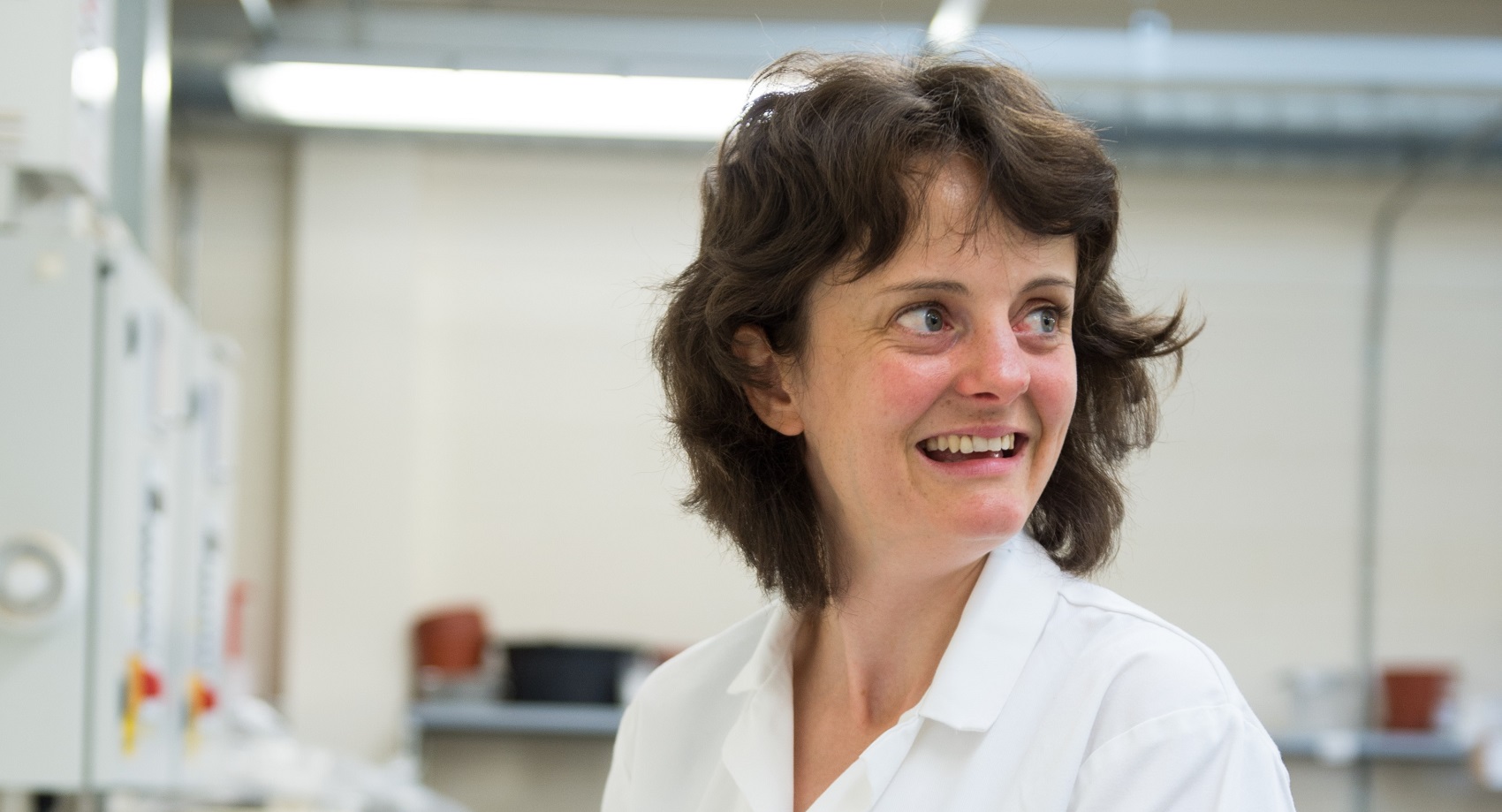The big picture: using wildflower strips for pest control
“I am a soil scientist” doesn’t always get people that interested. In fact, at parties this is when most people sidle away to go and stare intensely at the buffet. If I drop into conversation that I work in places like Kenya and Colombia, however, I can often hold people’s interest a little longer, allowing me to explain why soil science matters in amongst anecdotes of my travels.
It may not be glamourous, but soil is one of the most important substances on Earth. It provides food for one thing, it also holds and controls water release to rivers and plants and, if we manage soil well, it can reduce the risk of flooding and lock away carbon to help in the fight against climate change. In fact, soil literally underpins the functioning of most terrestrial ecosystems.

I work in the Soil Carbon Dynamics group at Rothamsted Research North Wyke in Devon. For the past three months, however, I’ve swapped the rolling green pastures of Devon for the tropical grasslands of Colombia.
Managed tropical grasslands are used to graze animals for meat production and cover over 118 million hectares worldwide. They have the potential to provide many positive environmental services if managed appropriately.
I am working on identifying ways of quickly assessing soil health of tropical grasslands by using, for example, simple sieves and easily constructed leavers to measure aggregate stability in water and soil strength. I am also using high temperature ovens to burn off, and calculate, soil organic matter content. I am using these techniques and more high-tech methods to compare soil health under different tropical grass varieties to understand how we can improve it.

I have been out in the field collecting soil samples, learnt new techniques from my Colombian colleagues and shown them some methods developed in the UK. I am analysing soil structure and chemistry, along with DNA from the soil, which tells us more about the microorganisms that live under different species of tropical grass.
The same tropical grass species are also planted by small holders in East Africa, who use them to create protective barriers against plant and animal pests of their maize crops. I am interested in finding low cost and low-tech ways to assess the health of tropical soils, which can be used by farmers in remote parts of East Africa.
Adjusting to a new environment, where the temperatures regularly reach over 35 degrees, you speak very little of the language and life in general is very different has been, at times, daunting and overwhelming. However, with stubborn perseverance, litres of bug spray and vats of sun cream I have succeeded in what I came to Colombia to do.
As well as some interesting differences between grass varieties, which I hope will inform future research and planting, I have built new collaborations, made friends from all over the world and found some time to travel, explore and get to know a fantastic country.
I have learnt that to be a good scientist you not only need to be good at planning experiments, thinking logically and dealing with data, but you actually need much more than that. You need to be adaptable, determined, able to work through language and cultural barriers and have a sense of adventure.
